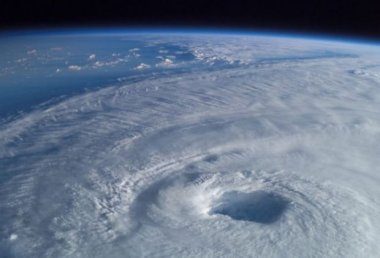
The ozone layer is a valuable substrate that serves as a special filter to protect our biosphere and humanity from the direct sunlight. Ozone damage can lead to irreversible consequences for all living organisms. The problem of ozone-layer depletion is very serious since it can increase UV radiation ten times. This, in its turn, will contribute to the deterioration of sight of all species, increasing the amount of skin cancer, pestilence of plankton in the sea, and to the various mutations. A high concentration of ozone in the air is small (0.0001%) but it’s enough to save living organisms UV radiation.
The ozone layer is a valuable substrate that serves as a special filter to protect our biosphere and humanity from the direct sunlight. Ozone damage can lead to irreversible consequences for all living organisms. The problem of ozone-layer depletion is very serious since it can increase UV radiation ten times. This, in its turn, will contribute to the deterioration of sight of all species, increasing the amount of skin cancer, pestilence of plankton in the sea, and to the various mutations. A high concentration of ozone in the air is small (0.0001%) but it’s enough to save living organisms UV radiation.
The problem of ozone depletion is linked with human activity. Let’s see the main reasons for the destruction of the ozone layer:
- Ozone holes.
- Freon emissions in the atmosphere.
What is the ozone hole? The sensational discovery was made in the 80s of the last century. The gas concentration decreases to critical proportions (30%) in places where ozone breaks down. In other words, the ozone holes generated in the stratosphere can give way to UV rays and contaminate living organisms.
The anthropogenic causes of ozone hole formation are tied with the launching space rockets and planes that are in the air at an altitude of 12–16 km. The first ozone hole was noticed over Antarctica in the 70s. Satellite data analyses show the concentration of ozone in the hole was by 30–50% less than normal. It became apparent that ozone’s thickness was different at middle and high latitudes of the Northern Hemisphere. The obvious reason for ozone holes formation could have been spaceships and supersonic aircraft.
Freon is often used in refrigerators and spray cans. The emissions of these substances lead to the ozone holes formation and their reasons and consequence are studied at the present time, as well. Science tells us that the changes in the ozone layer really affects nature and living organisms’ health.
The question “how to save the ozone layer” was aroused last century, or rather, in 1985. That year, Freon emissions in the atmosphere were first limited. Some activities were successful, in particular, the production of fluorocarbons was reduced. The manufacturers started using replaced Freon with other substances in the fridges and spray cans. However, some projects have been relegated to second place since they require huge investments. For example, artificial ozone is expensive but it could improve the current situation.
Read also:
Global warming
How to save the planet









